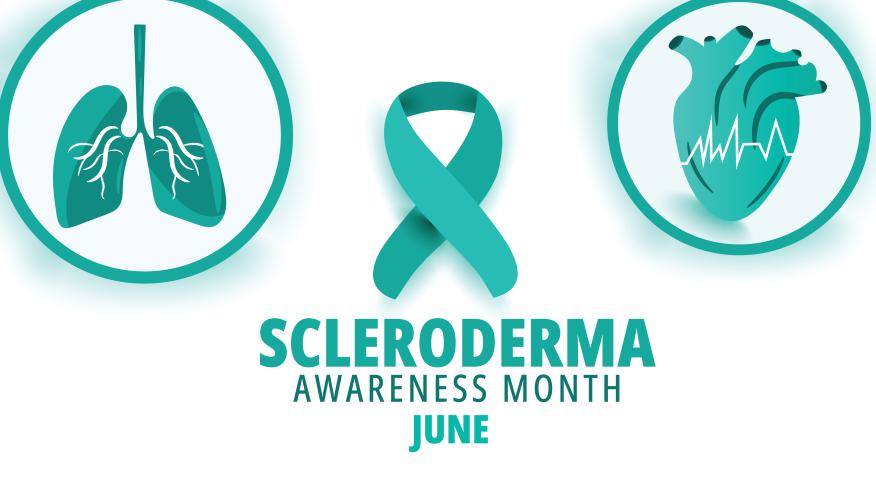Systemic sclerosis sine scleroderma Save

Systemic sclerosis sine scleroderma (ssSSc), which accounts for nearly 10% of systemic sclerosis (SSc) patients and was first described in 1962, is a subset of SSc.
ssSSc differs from limited (lcSSc) and diffuse cutaneous (dcSSc) forms by the lack of skin fibrosis. SSc can be diagnosed in the absence of skin thickening, with most believing that scleroderma will develop later.
A systematic literature review (between 1976 and 2023) included 35 studies and 25,455 SSc. The mean prevalence of ssSSc was ~ 10% (range 0-23%). Patients were reclassified from ssSSc to lcSSc or dcSSc ranged from 0% to 28%.
Key features included interstitial lung disease (46%), pulmonary arterial hypertension (15%), scleroderma renal crisis (5%), and cardiac diastolic dysfunction (26.5%).
Interestingly, survival of ssSSc was comparable to lcSSc and better than dcSSc.
Wide variation in reporting of ssSSc probably is due to underdiagnosis and misclassification. ssSSc is a real SSc subset that should be considered.









If you are a health practitioner, you may Login/Register to comment.
Due to the nature of these comment forums, only health practitioners are allowed to comment at this time.